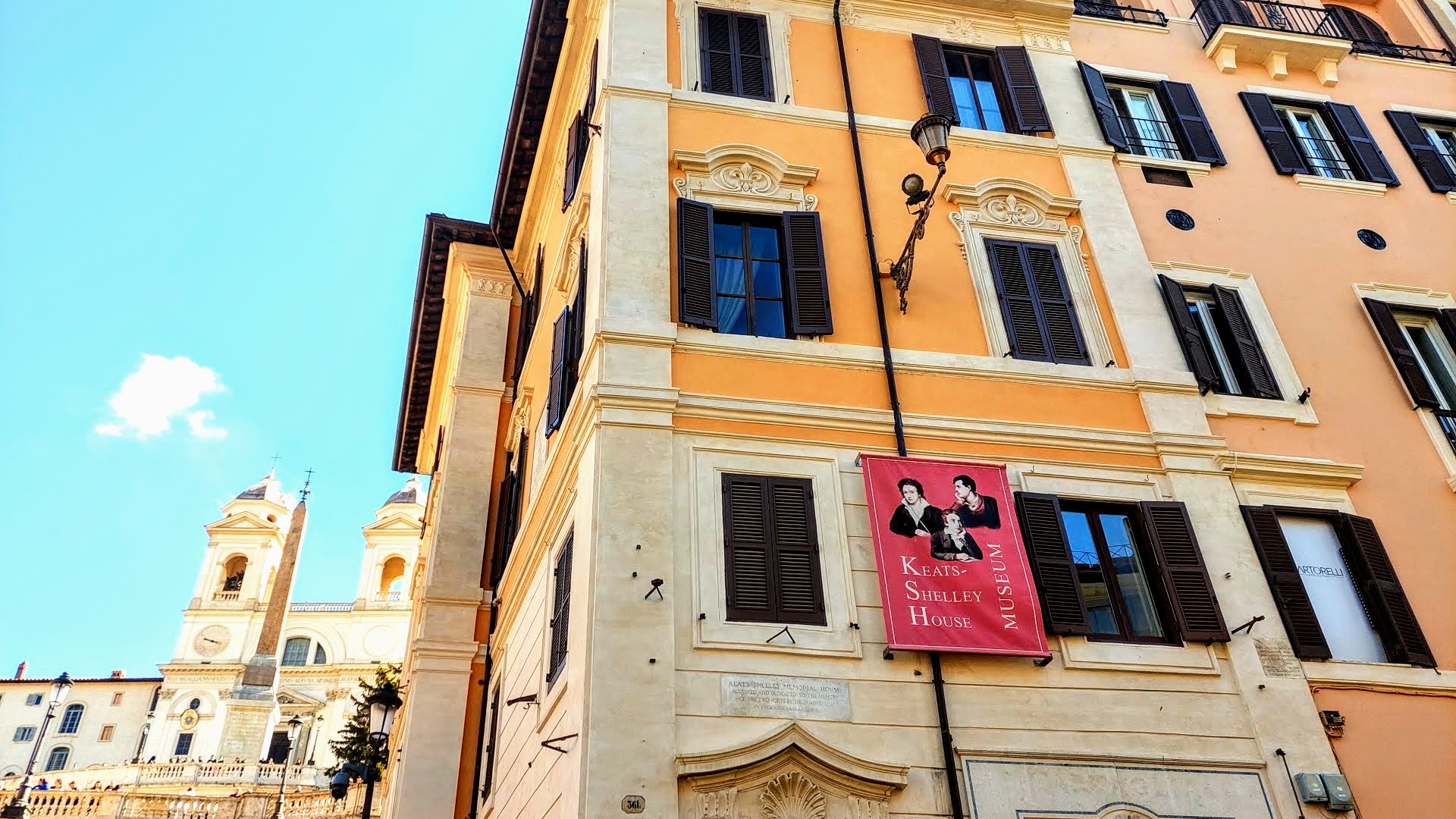
Over the centuries, Rome has been a favourite destination for novelists, painters, poets and musicians, who, with the Grand Tour, completed their cultural education and sought inspiration from the city's works of art and ancient and Renaissance memories.
Old hotels, refined palaces and private homes, the historic centre has welcomed numerous illustrious personalities in the course of time; in memory of their stay, commemorative plaques and their extraordinary works remain - suffice it to recall Goethe's 'Italian Journey', a loving tribute to the Eternal City, or Stendhal's evocative 'Roman Walks'.
The seventeenth-century palace of the Grand Hotel della Minerva, in Piazza della Minerva, is the place of choice for some of Europe's most famous artists: here, the French writer Marie-Henri Beyle, known as Stendhal, stayed between 1814 and 1816, and Herman Melville, author of 'Moby Dick', in 1857.
In Piazza della Rotonda, we find ourselves facing the 'most beautiful remnant of Roman antiquity', as Stendhal described the Pantheon. It is here that the 15th-century Albergo del Sole stands, the oldest in the city, which hosted Ludovico Ariosto, Pietro Mascagni and the famous couple of philosophers, Jean-Paul Sartre and Simone de Beauvoir.
The musician Pietro Mascagni and the two great statesmen of the 20th century, Charles de Gaulle and Winston Churchill, were instead guests at the Grand Hotel Plaza in Via del Corso, an ancient inn and later a meeting place for nobles, artists, politicians and royalty.
'Rome is the capital of the world! In this place the whole history of the world is reconnected, and I realize I was born a second time, to be truly resurrected, the day I set foot in Rome. Its beauties lifted me up to their height.' wrote Goethe in 1787, whose house is located at number 18 on the Via del Corso. Here, the poet lived together with the painter Tischbein. Today, Goethe's House is a small museum with letters, books and drawings, dedicated to the relationship between the artist and the city.
On the elegant Via del Babuino, at number 79, a few metres from the Babuino Fountain, one of Rome's talking statues, were the prestigious Albergo d'America and Albergo Grande Bretagna, where the German composer Richard Wagner stayed.
In the aristocratic Albergo d'Inghilterra, originally the residence of the Torlonia princes, on Via Bocca di Leone 14, now an iconic street of luxury and haute couture, lived the Hungarian composer Franz Liszt. Located at the foot of the Spanish Steps, the magnificent Piazza di Spagna is home to the house museum where John Keats, who died here at the age of 25, and Percy Bysshe Shelley lived. In the enchanting 18th-century building, opposite the Fontana della Barcaccia, everything has remained unchanged in its façade and interior. The Keats and Shelley House is a true temple to the Romantics and the great English writers they inspired.
Ferdinand Gregorovius lived in Rome for many years, to the point of receiving honorary citizenship in 1876 for his work 'History of Rome in the Middle Ages'. The German historian first stayed at Via di Pietra 89, a few steps from the square of the same name dominated by the majestic Temple of Vibia Sabina and Hadrian, and later at Via Gregoriana 12. Opposite is the house of the first Roman stay of the French painter Jean Auguste Dominique Ingres, one of the main artists of Neoclassicism.
Our tour ends in Via Sistina, the elegant street crowded with artists' memories. At number 48, stayed the Danish sculptor Bertel Thorvaldsen; at 113, the Hungarian composer Franz Liszt; at 126, from 1838 to 1842, the Russian writer Nikolai Gogol. Hans Christian Andersen lived at number 104, where, in 1835, the Danish poet and writer wrote his first novel, 'The Improviser'.
Photo: Redazione Turismo Roma
Piazza della Minerva
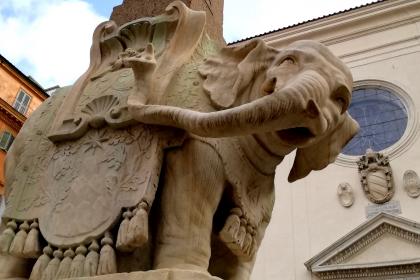
 Condividi
Condividi
The Pantheon
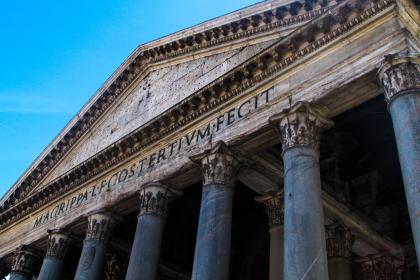
 Condividi
Condividi
Via del Corso
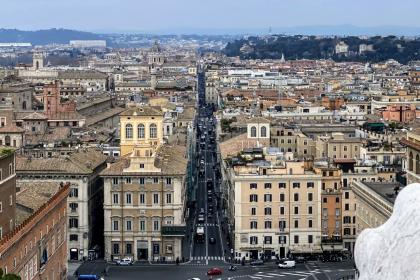
 Condividi
Condividi
The Talking Statues
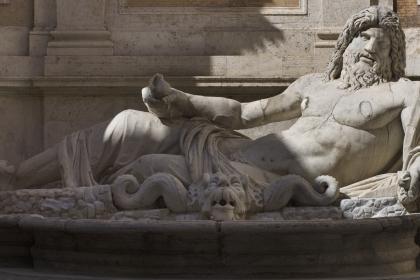
Fountain of the Babuino
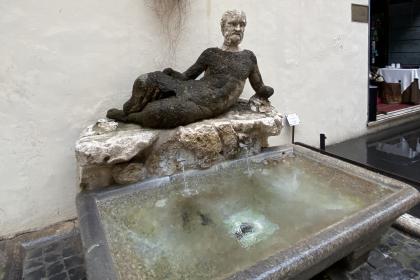
 Condividi
Condividi
The Barcaccia Fountain
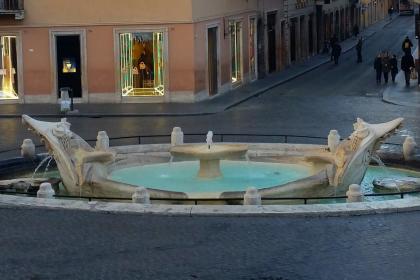
 Condividi
Condividi
The Spanish Steps
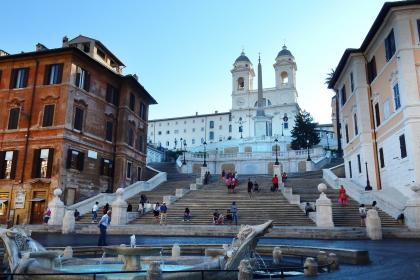
 Condividi
Condividi
Piazza di Spagna
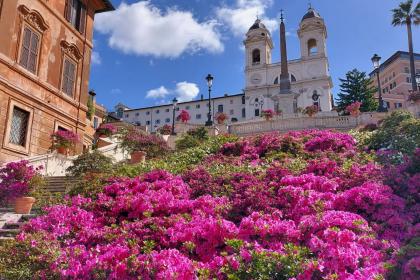
 Condividi
Condividi
Tempio di Vibia Sabina e Adriano
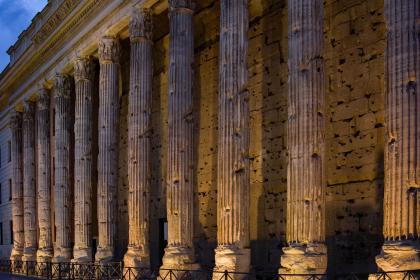
 Condividi
Condividi











































